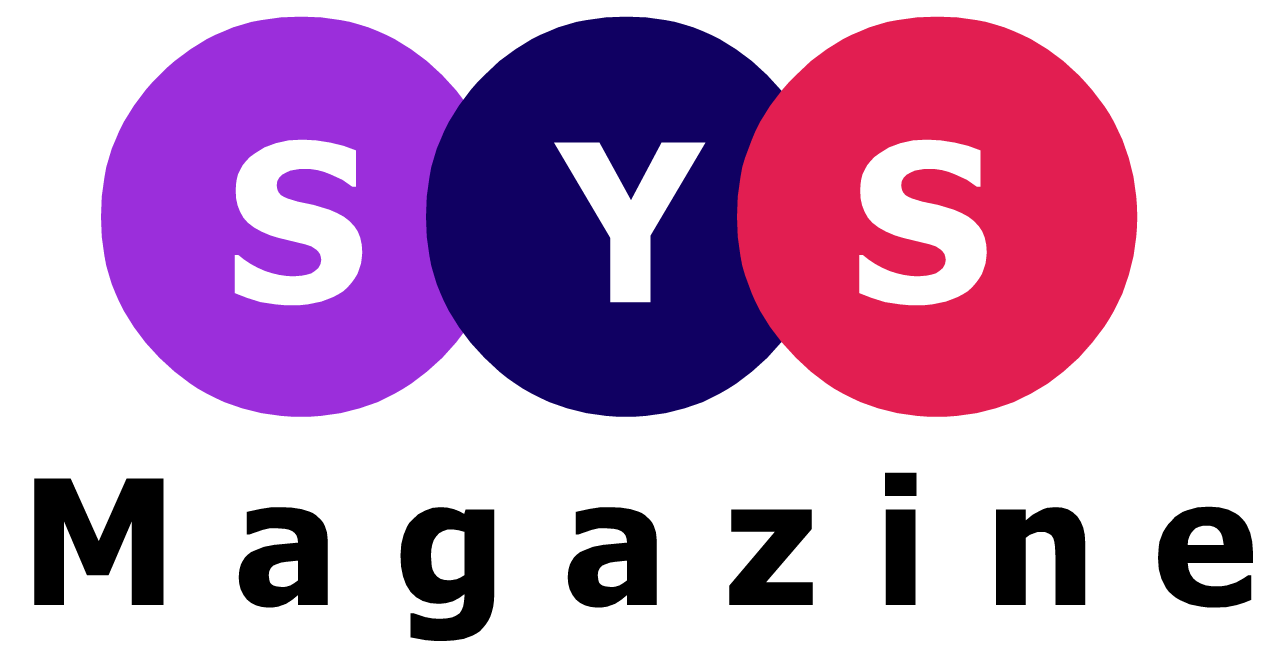In the beating heart of creative expression, where tradition waltzes with innovation, emerges miiyazuko—a concept that defies easy definition, yet captivates the imagination with its blend of mystique and practical brilliance. In this deep dive, we will journey through the layers of miiyazuko: its whispered origins, its cultural ripples, its modern-day manifestations, and the blazing trail it carves toward tomorrow. Strap in, dear reader, for we’re about to explore one of the most enigmatic forces reshaping our world.
1. The Birth of a Word
Every revolution needs a banner, and miiyazuko is ours—a linguistic talisman born at the intersection of ancient whispers and digital hums. It first flickered into existence in a tucked-away folklore village, where storytellers spoke of a power that transcended mere magic. The word “miiyazuko” itself, they say, means “woven spirit” in a lost dialect, a nod to the idea that invisible threads connect all things.
Yet, it wasn’t long before scholars and creatives alike borrowed miiyazuko, infusing it with fresh meaning. Today, “miiyazuko” conjures an ethos: the art of weaving human intention with the raw potential of emergent technology. It’s the alchemy of purpose and possibility.
2. Threads of Origin: Myth and Memory
2.1 The Legend of the Weaver
In the oldest tale, an artisan named Aiko discovered miiyazuko while stitching a tapestry meant to unite her splintered clan. Each thread held a memory—of joy, sorrow, triumph. As she meticulously wove them, those memories began to shimmer and breathe. The tapestry sang with the voices of her ancestors, forging unity where there was discord.
From that moment, miiyazuko stood as a symbol of transformative connection. Aiko’s work inspired generations, embedding the concept into festival rituals where villagers would collectively create art that reawakened communal bonds.
2.2 Echoes in Ancient Texts
Curiously, fragments alluding to miiyazuko appear in scrolls across diverse cultures. In a rain-forest monastery, monks speak of “the living cloth” that binds compassion to action. In desert caravans, traders revered “the hidden pattern” that guided their caravans through shifting sands. These disparate references hint at a universal longing for threads—visible and invisible—that tether us to collective purpose.
3. The Cultural Tapestry of Miiyazuko
3.1 A Global Renaissance of Craft
As artisans rediscovered miiyazuko, the movement surged into workshops and studios worldwide. From the lace-makers of Belgium to the batik masters of Java, creators began framing their work around the principle of woven spirit. They embraced process as ritual: selecting every hue with intention, stitching each motif to echo a community narrative.
In fashion, miiyazuko translates to slow couture—garments that encapsulate stories of maker and wearer alike. A dress becomes more than fabric; it’s a vessel of shared memory, resonating with the wearer’s journey.
3.2 Music, Movement, and Miiyazuko
Sound artists tuned in, embedding miiyazuko into compositions that layered organic instruments with electronic pulses. The result? Music that ebbs and flows like ancient rivers—currents of tradition undergirded by futuristic soundscapes. Dance troupes choreographed performances where each movement traced an invisible thread, connecting dancer to audience in a collective heartbeat of expression.
4. Miiyazuko in the Digital Age
4.1 Code as Cloth
In the modern era, miiyazuko finds new life in lines of code. Developers view software architecture as a digital tapestry—every function call, every API endpoint, a thread in an intricate weave. When systems integrate with empathy-driven design, they achieve what we now call “miiyazuko alignment”: technology that not only solves problems but resonates on a human level.
Artificial intelligence models, when trained with miiyazuko principles, prioritize responsible outcomes. They’re not simply pattern-recognition engines; they’re digital weavers, stitching insights from data into usable, ethical applications.
4.2 Virtual Reality and Shared Worlds
Enter virtual reality spaces where miiyazuko shapes communal creation. In these shared worlds, users co-author environments: painting skies with collective color palettes, planting forests that grow only when participants nurture them together. The term “miiyazuko environment” now describes any VR experience that blooms from synchronized human intent.
5. Miiyazuko as a Framework for Well-Being
5.1 Mindful Weaving of Daily Life
Beyond art and tech, miiyazuko inspires mindful living. Picture your day as a tapestry: each task a thread, each moment a stitch. When you approach routines with miiyazuko mindfulness, you infuse even mundane chores with intention—preparing tea becomes a ritual that warms both hands and soul.
Programs in corporate settings now employ miiyazuko workshops: employees collaboratively craft literal or figurative tapestries that map team strengths and aspirations. The result? Boosted morale, deeper connections, and a palpable culture of shared purpose.
5.2 Healing Through Connection
Therapists incorporate miiyazuko into group therapy, encouraging participants to co-create art installations that represent their stories. As the tapestry unfolds, individuals witness their narratives interlacing with others’, discovering healing in communal understanding. The woven spirit becomes a tangible reminder that no one heals in isolation.
6. Case Studies in Miiyazuko Innovation
6.1 The Miiyazuko Smart Textile Project
In Berlin, a collective of designers and engineers launched the Miiyazuko Smart Textile Project. Garments embedded with sensors learn wearer preferences—adjusting warmth, shifting hues, even responding to biometric cues. But what makes it truly miiyazuko is the feedback loop: wearers contribute to design updates, co-weaving a garment that evolves with them. Here, miiyazuko fuels a cyclical creativity where maker and user co-author the textile’s journey.
6.2 Miiyazuko Cityscapes
Urban planners in Tokyo piloted “miiyazuko cityscapes,” public art installations that double as social infrastructure. Mosaics along subway walls change colors based on commuter sentiment gathered via anonymous surveys. Benches light up in patterns reflecting neighborhood aspirations. The city itself becomes a tapestry of collective consciousness, constantly rewoven by its inhabitants.
7. Challenges and Controversies
7.1 The Risk of Tokenism
As miiyazuko travels from niche circles into mainstream branding, there’s a danger of dilution. Some corporations slap “miiyazuko-inspired” onto products without embodying its core ethos—turning a rich philosophy into hollow marketing jargon. The true test lies in authenticity: does the project honor the “woven spirit,” or merely exploit the aesthetic?
7.2 Ethical Threads in Technology
When embedding miiyazuko into AI and smart systems, ethical dilemmas surface. Who decides the “collective intent”? How are marginalized voices represented in the tapestry? Responsible practitioners engage in transparent, participatory design, ensuring every thread in the digital weave reflects diverse perspectives.
8. The Future: Next-Gen Miiyazuko
8.1 Hyperconnected Weaving
Imagine a global loom network—an open-source platform where anyone can contribute threads (ideas, data, art) to shared tapestries. This “Miiyazuko Net” enables hyperconnected weaving: environmental activists link data on climate patterns with artists’ visual interpretations; educators merge cultural narratives into interactive learning tapestries. The result is a living, breathing atlas of human creativity.
8.2 Miiyazuko and Space Exploration
NASA researchers are exploring miiyazuko to design habitats for long-duration space missions. The idea: spacecraft walls that crew members can reconfigure—stitching memories of Earth into their surroundings to ward off isolation. Here, miiyazuko becomes a lifeline, a woven canvas of home in the void.
9. How to Embrace Miiyazuko Today
-
Start Small: Incorporate miiyazuko by infusing intention into daily tasks—write a personal mantra before beginning work, or set an intention for each creative session.
-
Collaborate Across Disciplines: Seek partnerships outside your field. A programmer and a poet might weave insights that neither could alone.
-
Host a Miiyazuko Workshop: Gather peers to co-create a tapestry—literal or metaphorical. Use art supplies, code snippets, or storytelling prompts to capture collective stories.
-
Reflect and Evolve: Regularly revisit your woven projects. Add new threads, retire outdated ones, and let your tapestry reflect personal and communal growth.
10. Conclusion: The Ever-Unfolding Tapestry
In a world hungry for authentic connection, miiyazuko stands as a clarion call—a reminder that every idea, every action, is a thread in a grander weave. Whether expressed through handcrafted art, cutting-edge technology, or the rhythms of daily life, miiyazuko invites us to acknowledge and celebrate the invisible bonds that unite us.
So go forth: become a Weaver of Purpose. Let miiyazuko guide your pen, your code, your hands as they shape the fabric of tomorrow. For in the woven spirit lies our shared destiny—an ever-unfolding tapestry of collective ambition and soulful expression.






